This article explains how NeuronUP allows customizing cognitive stimulation activities to fit each user’s individual needs.
Examples are provided of how exercises can be modified for different profiles and pathologies, highlighting the flexibility of the platform so neuropsychologists can design highly specific and effective neurorehabilitation sessions. Practical cases in which personalization improves the recovery process are also analyzed.
Adapting exercises to individual needs
Ecological validity is a fundamental concept in neuropsychology that refers to the correspondence between improvements achieved in a therapeutic setting and their application to the user’s everyday activities.
The cognitive stimulation platform, NeuronUP, allows neurorehabilitation professionals to personalize activities within the app according to each user’s specific characteristics, considering factors such as age, cognitive status, and personal preferences.
This personalization is achieved by configuring parameters in each activity, such as difficulty level, the type of stimuli presented, and the time allotted to complete the tasks.
Benefits of personalization in cognitive rehabilitation
Consequently, the ability to adapt therapeutic activities to individual needs offers multiple benefits:
- Functional relevance: By using activities that reflect real situations, transfer of skills acquired in therapy to the user’s daily life is facilitated.
- Increased motivation: Personalized activities that consider interests and preferences can increase engagement and participation in the therapeutic process.
- Therapeutic efficacy: Adapting tasks makes it possible to more effectively address specific cognitive areas requiring intervention, optimizing rehabilitation outcomes.

Subscribe
to our
Newsletter
Practical cases of personalization in NeuronUP
Case 1: User with acquired brain injury
User profile: 45-year-old man who suffered a stroke, presenting difficulties in planning and executing sequential tasks.
Personalized intervention: The activity Order activity steps was used, starting with simple tasks and gradually increasing complexity. Activities related to his daily routine, such as “making coffee” or “getting dressed”, were incorporated to facilitate transfer of skills to his daily life.
Results: After several sessions, the user showed significant improvements in his ability to plan and execute sequential tasks, reflected in greater independence in his daily activities.
Case 2: User with early-stage Alzheimer’s disease
User profile: 70-year-old woman recently diagnosed with Alzheimer’s disease, experiencing difficulties with recent memory and object recognition.
Personalized intervention: The activity What’s Making Noise in the Kitchen? was implemented, using familiar sounds and adjusting the number of stimuli presented according to her attentional capacity. In addition, images of objects from her own kitchen were incorporated to increase the activity’s relevance.
Results: She showed improvements in object and sound recognition, which contributed to increased confidence in her home environment and a reduction in disease-related anxiety.
Case 3: User with Autism Spectrum Disorder (ASD)
User profile: 8-year-old girl diagnosed with Autism Spectrum Disorder (ASD), presenting difficulties with sustained attention and social interaction. Her therapist aims to improve skills related to emotion recognition and following instructions.
Personalized intervention: To address her difficulties, the activity Word-Emotion Association was used, where different facial expressions must be identified and matched to basic emotions. The activity was personalized to increase her interest and focus on the task.
Additionally, the therapist adjusted the task complexity by using few response options and long pauses so the girl could process each stimulus more calmly.
Case 4: User with Attention Deficit Hyperactivity Disorder (ADHD)
User profile: 14-year-old adolescent diagnosed with Attention Deficit Hyperactivity Disorder (ADHD), who presents problems with selective attention, self-control, and task planning. The therapist wants to improve his attention capacity and his ability to organize activities in sequence.
Personalized intervention: In this case, the activity Straighten Up the Kitchen was selected, in which the user must organize different kitchen items in The Correct Order, such as sorting utensils or ordering ingredients. The activity was personalized by adjusting the number of items to organize and the complexity of the instructions so that the user would work on attention to detail and memory capacity. In addition, response time was adjusted to promote concentration and reduce impulsive responses.
Results: The user’s learning with this activity had a direct impact on his daily routine, enabling him to perform tasks in a more structured and efficient manner. His attention capacity increased, and he also developed strategies for impulse control, which facilitated better academic performance and improved time management in everyday activities.
Case 5: User with Traumatic Brain Injury (TBI)
User profile: 30-year-old man who suffered a traffic accident, resulting in a traumatic brain injury. He presents difficulties with working memory, organization, and impulse control. His therapist seeks to improve selective attention, impulse control, and categorization skills to facilitate his return to work.
Personalized intervention: The activity Sorting Bugs was used, in which the user must classify different types of insects into groups according to specific categories, such as color, size, or shape. The activity was personalized so the user worked on selective attention and self-control by adjusting the number of items to classify and the complexity level of the categories. Additionally, the therapist added specific instructions and pauses between rounds to strengthen his working memory and reduce the risk of impulsive errors.
Results: The user showed a remarkable improvement in his ability to concentrate on specific tasks and Classify Items accurately. After several weeks of therapy, his impulse control improved, as did his ability to organize and categorize information, skills that were reflected positively in his work performance..
Review of the clinical applications of NeuronUP
The resources of the neurorehabilitation app, NeuronUP, are applicable to a wide range of conditions:
- Developmental and learning disorders (ADHD, ASD).
- Acquired brain injury (stroke, traumatic injuries).
- Mild cognitive impairment and dementias.
- Rehabilitation for neurodegenerative diseases.
- Preventive cognitive training in normal aging.
- Improves the quality of life of people with intellectual disabilities.
- Addresses cognitive impairment associated with mental health disorders.
Conclusion
NeuronUP’s ability to personalize activities according to individual needs is crucial for cognitive rehabilitation across diverse user profiles. Cases such as users with ASD, ADHD, or TBI demonstrate how the platform enables effective and adaptable intervention. This improves therapeutic efficacy and also contributes to a higher quality of life, allowing users to apply the skills acquired in therapy to their daily lives.
The ecological validity offered by NeuronUP facilitates the transfer of skills to the user’s real environment and also increases motivation and engagement in the therapeutic process. Thus, NeuronUP positions itself as a fundamental tool in the work of neuropsychologists and other neurorehabilitation professionals.
Bibliography
- NeuronUP. (2021). NeuronUP: Theoretical framework and benefits in cognitive neurorehabilitation. Retrieved from https://www.neuronup.com/wp-content/uploads/2021/09/NeuronUP_marco-teorico_es_ES.pdf
- NeuronUP. (n.d.). Ecological validity in NeuronUP: Examples and applicability. Retrieved from https://neuronup.com/neurociencia/neuropsicologia/validez-ecologica-en-neuronup-ejemplos/
- NeuronUP. (n.d.). NeuronUP: Cognitive stimulation tool for professionals. Retrieved from https://neuronup.us/what-is-neuronup-professional-tool-for-rehabilitation-and-cognitive-stimulation/
- NeuronUP. (n.d.). NeuronUP Labs: Scientific evidence and theoretical frameworks in cognition and neuropsychology. Retrieved from https://neuronup.us/neuronup-labs/theoretical-framework-scientific-evidence-cognition-neuropsychology/
- NeuronUP. (n.d.). Customize activities with NeuronUP. Retrieved from
- https://neuronup.us/customise-activities-with-neuronup/
If you enjoyed this blog post about the ecological value of NeuronUP, you will likely be interested in these NeuronUP articles:
“This article has been translated. Link to the original article in Spanish:”
¿Qué es el valor ecológico de NeuronUP?


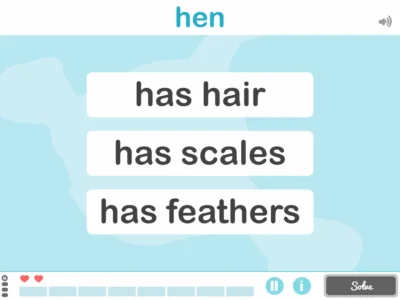
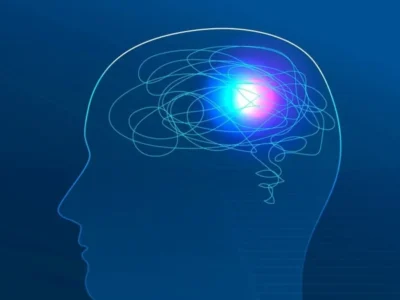
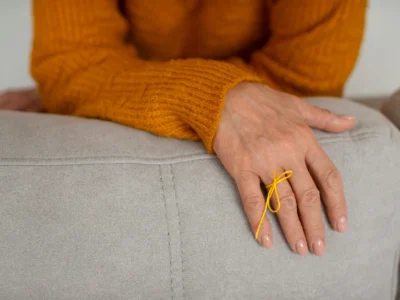
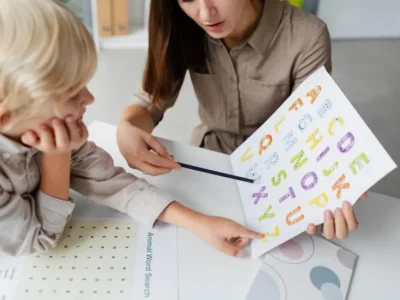
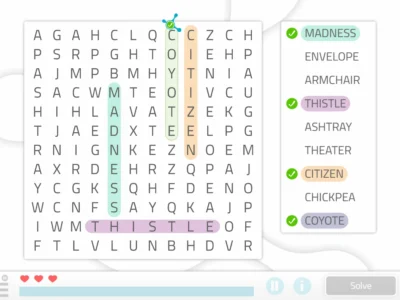
 New Christmas activity! Try it for free
New Christmas activity! Try it for free
Leave a Reply